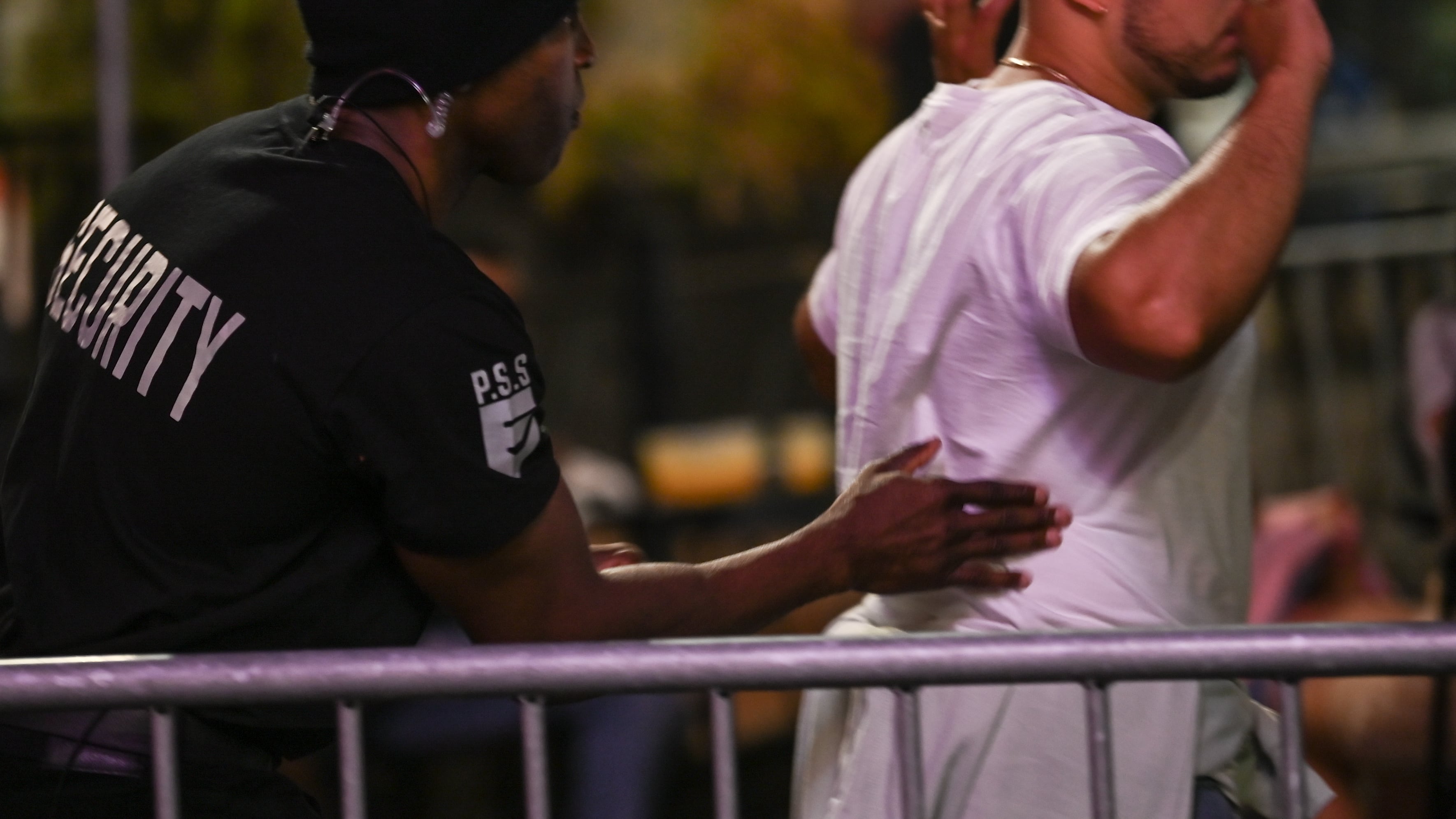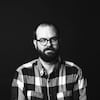When an unknown gunman fatally shot 18-year-old Makayla Harris in the early morning hours of July 17, the brazen killing in downtown Portland continued an alarming trend: Black Portlanders such as Harris are being murdered at an extraordinary rate.
In fact, in the 12 months ending June 30, more than 1 in every 1,000 Black people living in Portland died in a homicide. That’s a rate far higher than that experienced in U.S. cities most known for gun violence.
Portland saw 94 homicides in that period, according to newly released Portland Police Bureau figures, and of that number, 39 victims—that is, 41%—were Black.
Black people make up 5.8% of the city’s population. Put another way, Black Portlanders were killed at about seven times their share of the city’s population—and 12 times the rate of white people.
“I am acutely aware of the high rate of Black and Brown victimization from gun violence,” says City Commissioner Mingus Mapps, who worked in the city’s crime prevention office before becoming last year the third Black man ever elected to the Portland City Council. “It is absolutely unacceptable.”
The 39 Black victims killed in Portland in that one year mark a 250% increase from the 11 Black homicide victims in 2019.
Brian Renauer, director of Portland State University’s Criminal Justice Policy Research Institute, says Black people have long been disproportionately harmed by gunfire.
“Black homicide (particularly gun violence) victimization in Portland and across the U.S. has historically been higher than other racial/ethnic groups and significantly overrepresented compared to population percentages,” he says.
But Renauer adds that the increase Portland has seen in the past year is “astounding and likely unprecedented in our local history.”
In the 12 months ending June 30, Black Portlanders died in homicides at a rate of 102 per 100,000 people.
That’s a significantly higher rate than their peers in cities better known for violent crime. WW examined the rates in other U.S. cities that tracked demographic data for homicide victims during the same period. (The calculations were based on local murder-tracking sites and FBI and U.S. Census data.)
Those cities include Chicago (77 per 100,000) and Philadelphia (64 per 100,000). Black Portlanders died at a higher rate than Black Baltimoreans and at nearly double the rate of Black Los Angelenos.
Related: Old Town clubs reopen amid gunfire—and ex-soldiers stationed in the street.
Lt. Greg Pashley, a spokesman for the Portland Police Bureau, calls the rate at which Black residents are being gunned down “tragic.”
“From the police perspective, we wish there were sufficient resources to reduce homicides, shootings, and other crime by mere presence, prevention and close connections to the community,” Pashley says in an email. “In the event crimes occur, police wish there were sufficient resources to investigate and bring cases to a conclusion. We’re short all those resources.”
In the current political climate, such resources are probably not forthcoming. Meanwhile, the question is, what’s causing the carnage?
“There is no one explanation as to why we are overrepresented as victims of gun violence,” Mapps says. “The [coronavirus] pandemic was hardest on those who were already struggling to make it. Our society is awash in guns. There is a lack of viable economic opportunity, especially for our young folks.”
Of course, the conditions Mapps cites afflict other cities as well. Rich Chatman, a spokesman for the city’s new Division of Community Safety, says a lot has changed since 1998, when he began working as one of the city’s few Black firefighters.
Then, Chatman says, “well-defined neighborhood boundaries and parks separated rival gangs.” But gentrification pushed Black residents east of 82nd Avenue, where they compete for scarce low-income housing.
“The result is that people who didn’t used to interact are now living in the same apartment buildings or row houses due to financial circumstance,” Chatman says. “That can lead to conflict, and it has: what we see as behavioral and gun violence.”
Mapps says part of the solution is to bolster organizations that work directly with people at risk to shoot others. But he says after a year of high-profile shootings, the public wants to see immediate improvement.
“We need to admit that law enforcement has a role in interrupting this cycle of homicides,” he says. “As a [city] council, we need to get real and recognize the fact there are police officers that specialize in this type of work. It is critical that we fill the volunteer positions of the Focused Intervention Team and its oversight board.”
Andre Miller, community safety liaison for Commissioner Jo Ann Hardesty, says the Black community in which he grew up deserves more than quick fixes.
“We as a city are not currently treating the actual cause of these issues,” Miller says. “We are treating the symptoms.”
Miller says creating more economic opportunity and reducing income inequality is part of it—and so is teaching children, especially boys, to think differently.
“When somebody puts you down, we have been taught we have to respond or you are a punk,” Miller says. “If we teach conflict resolution and shame reduction at an early age, we give kids tools so they don’t retaliate in an aggressive way. We have to reach people before they become high risk.”


